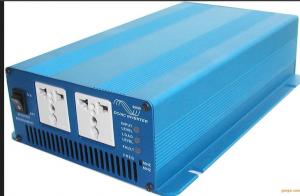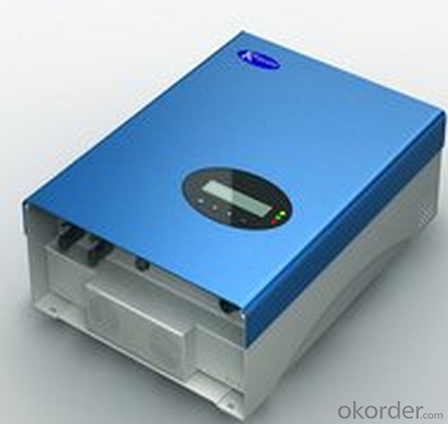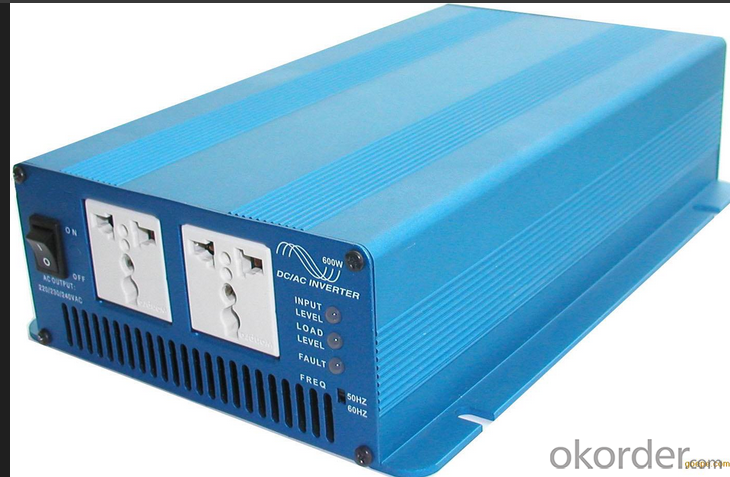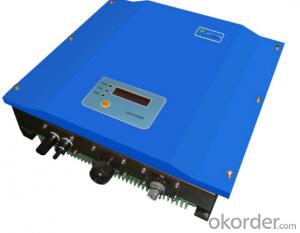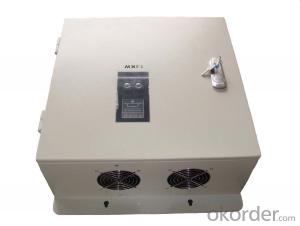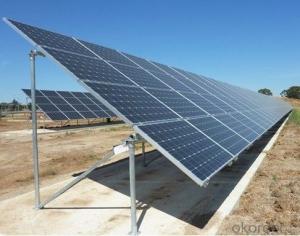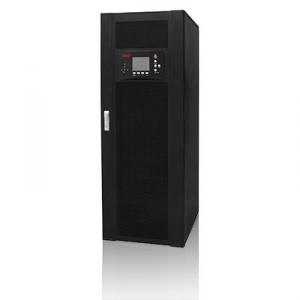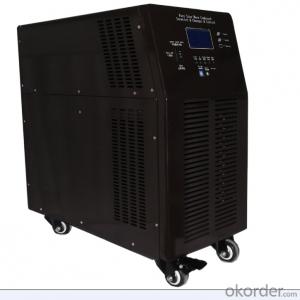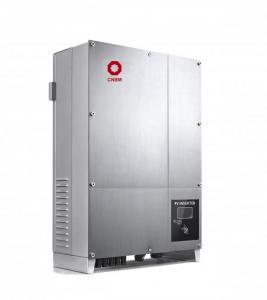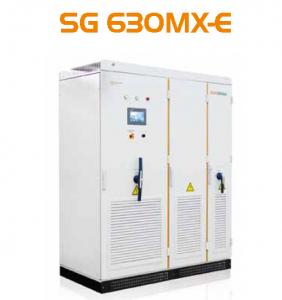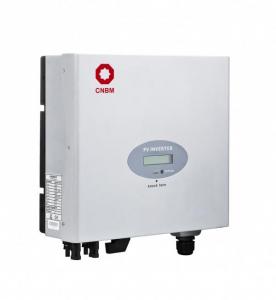1000 Watt Solar Inverter - High Quality and Affordable Solar Inverters from China
- Loading Port:
- China main port
- Payment Terms:
- TT or LC
- Min Order Qty:
- 1 watt
- Supply Capability:
- 10000000000 watt/month
OKorder Service Pledge
OKorder Financial Service
You Might Also Like
Description:

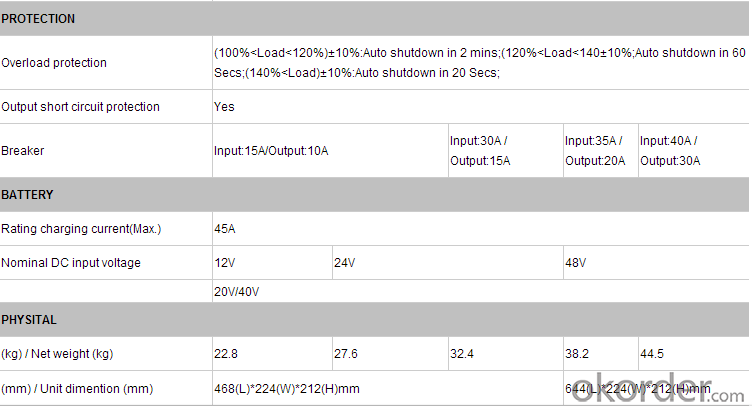
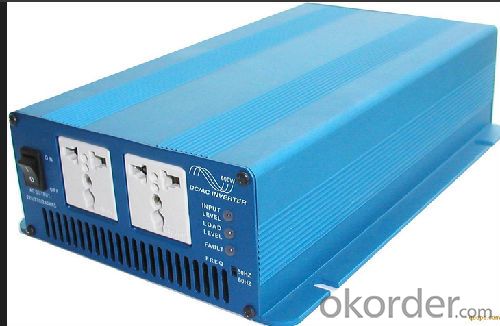
Our Service
1. Samples
Samples are Available for Testing and Market Test.
2. Warranty of Unipower Products
Unipower provides warranty against defects in materials and workmanship for its Uninterruptible power supply, Power inverter/chargers including inverter12v 24v 48V, Solar charge controllers (“Product”).
3. Guides and After-service Consultancy
Unipower Power Team will offer these guides below.
A. Need an Accessory?
B. Products Repair?
C. Power Problems to Solve?
D. Power Protection Solutions, etc.?
24 Hours After-service consultancy just for you and to make your problems to solve easily. \poiuytrewq`NM
RFQ:Pls introduce more about your company ?
CNBM is abbreviation of China National Building Material Corp . It was established in 1984 with the approval of state council .
- Q: What are the safety measures to consider when installing a solar inverter?
- Some safety measures to consider when installing a solar inverter include: 1. Proper grounding: Ensure that the inverter is properly grounded to prevent electrical shocks and to maintain system stability. 2. Compliance with electrical codes: Adhere to local electrical codes and regulations to ensure safe installation and minimize the risk of electrical hazards. 3. Disconnecting power: Before starting the installation, make sure to disconnect power from the solar panels and the grid to avoid electrical accidents. 4. Proper ventilation: Install the inverter in a well-ventilated area to prevent overheating and potential fire hazards. 5. Adequate wiring: Use appropriate wire sizes and proper connections to handle the current capacity of the inverter and minimize the risk of electrical short circuits or fires. 6. Surge protection: Install surge protectors to safeguard the inverter and connected devices against power surges and lightning strikes. 7. Regular maintenance: Perform routine maintenance and inspections to ensure the inverter is functioning properly and to identify any potential safety issues. 8. Qualified installation: It is recommended to have the solar inverter installed by a qualified professional who is knowledgeable about electrical systems and safety measures. By following these safety measures, the risk of electrical accidents or system malfunctions can be minimized, ensuring a safe and reliable solar inverter installation.
- Q: How does a solar inverter handle anti-islanding protection?
- A solar inverter handles anti-islanding protection by constantly monitoring the grid voltage. If the grid goes down or voltage drops below a certain threshold, the inverter automatically disconnects from the grid to prevent feeding power back into the grid during an outage. This ensures the safety of utility workers and prevents damage to the grid.
- Q: Can a solar inverter be used with both AC and DC power sources?
- No, a solar inverter is designed to convert DC power from solar panels into AC power for use in standard electrical systems. It cannot be used with both AC and DC power sources simultaneously.
- Q: How does a solar inverter handle reverse power flow?
- A solar inverter handles reverse power flow by automatically detecting the excess power generated by the solar panels and diverting it to the utility grid. This process, known as anti-islanding, ensures a safe and efficient operation of the solar system by preventing overloading and potential damage to the inverter.
- Q: What is the role of an MPPT (Maximum Power Point Tracking) inverter?
- The role of an MPPT (Maximum Power Point Tracking) inverter is to optimize the energy output of solar panels by constantly adjusting the voltage and current to operate at the maximum power point (MPP) of the photovoltaic array. This allows the inverter to efficiently convert the DC power generated by the solar panels into AC power for use in homes or businesses. By continuously tracking and adjusting the operating point of the solar panels, MPPT inverters maximize the energy harvest and improve the overall performance of the solar power system.
- Q: What are the key features to consider when choosing a solar inverter?
- When choosing a solar inverter, some key features to consider are the power rating, efficiency, warranty, monitoring capabilities, and compatibility with your solar panels and battery storage system.
- Q: In a photovoltaic grid-connected project, the role of the inverter is to convert the voltage into AC 220V or 380V for the grid, since the transformer will raise the voltage again
- Connected to the grid is connected to which specific location ah? Transformer is to buy a separate, or buy inverter inside the type of transformer? For example, Sweden's 15KW and 30KW grid roof projects, the roof, for example, more remote to be transported to other electricity.
- Q: How do you calculate the maximum power point voltage for a solar inverter?
- To calculate the maximum power point voltage for a solar inverter, you need to determine the voltage at which the solar panels produce the maximum power output. This can be done by following the voltage-current (V-I) curve of the solar panels. By measuring the voltage and current at different points on the curve, you can identify the point where the product of voltage and current is the highest, indicating the maximum power point voltage.
- Q: Can a solar inverter be used with a solar-powered electric fence system?
- Yes, a solar inverter can be used with a solar-powered electric fence system. The solar inverter is responsible for converting the direct current (DC) generated by the solar panels into alternating current (AC) to power the electric fence system. This allows the solar panels to efficiently charge the battery and power the electric fence, providing a renewable and sustainable energy solution.
- Q: How does a solar inverter handle voltage fluctuations during grid disturbances?
- A solar inverter handles voltage fluctuations during grid disturbances by continuously monitoring the grid voltage. When it detects a fluctuation or disturbance, it adjusts its own output voltage to match the grid's voltage. This ensures that the solar inverter remains synchronized with the grid and delivers stable electricity without causing any damage to the connected appliances or the grid itself.
Send your message to us
1000 Watt Solar Inverter - High Quality and Affordable Solar Inverters from China
- Loading Port:
- China main port
- Payment Terms:
- TT or LC
- Min Order Qty:
- 1 watt
- Supply Capability:
- 10000000000 watt/month
OKorder Service Pledge
OKorder Financial Service
Similar products
Hot products
Hot Searches
Related keywords

